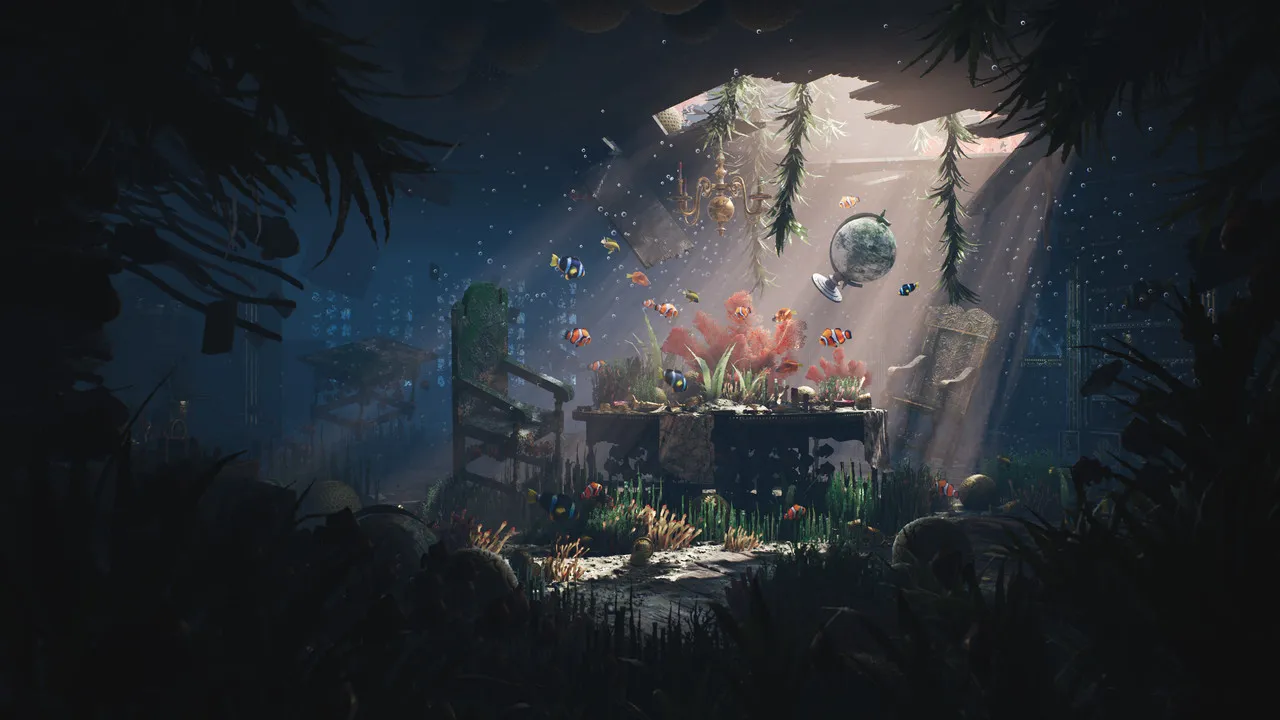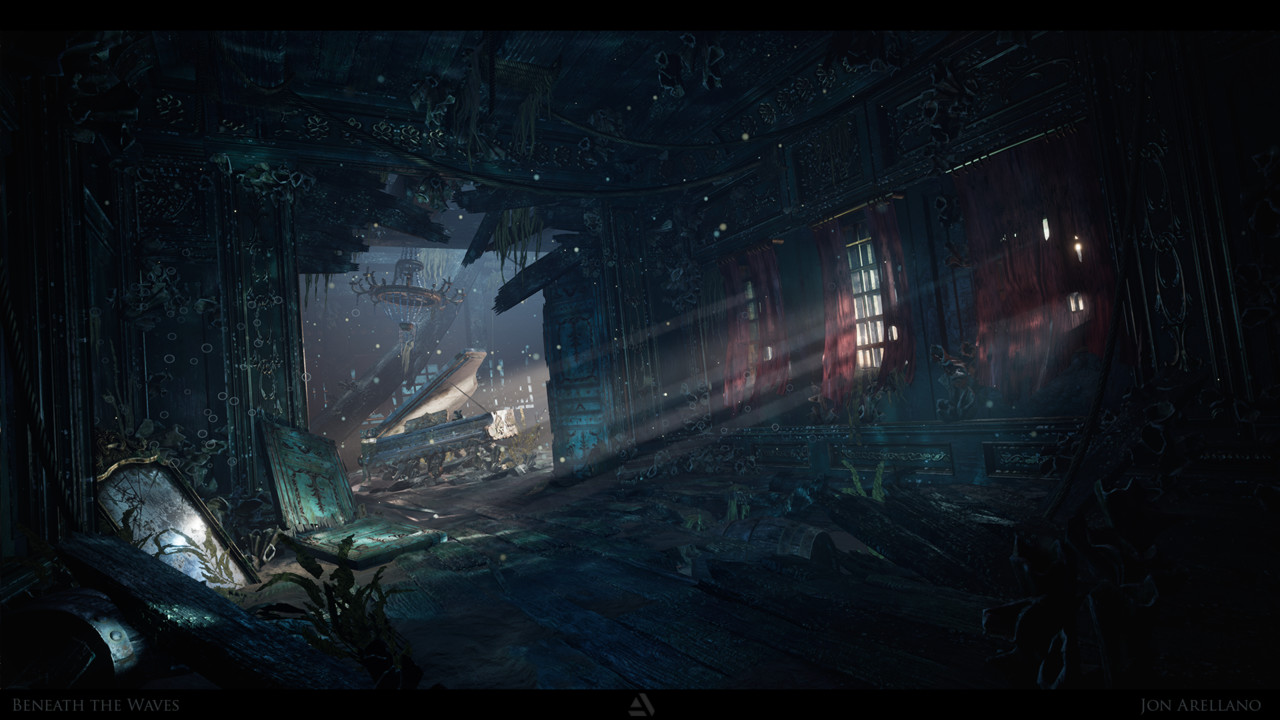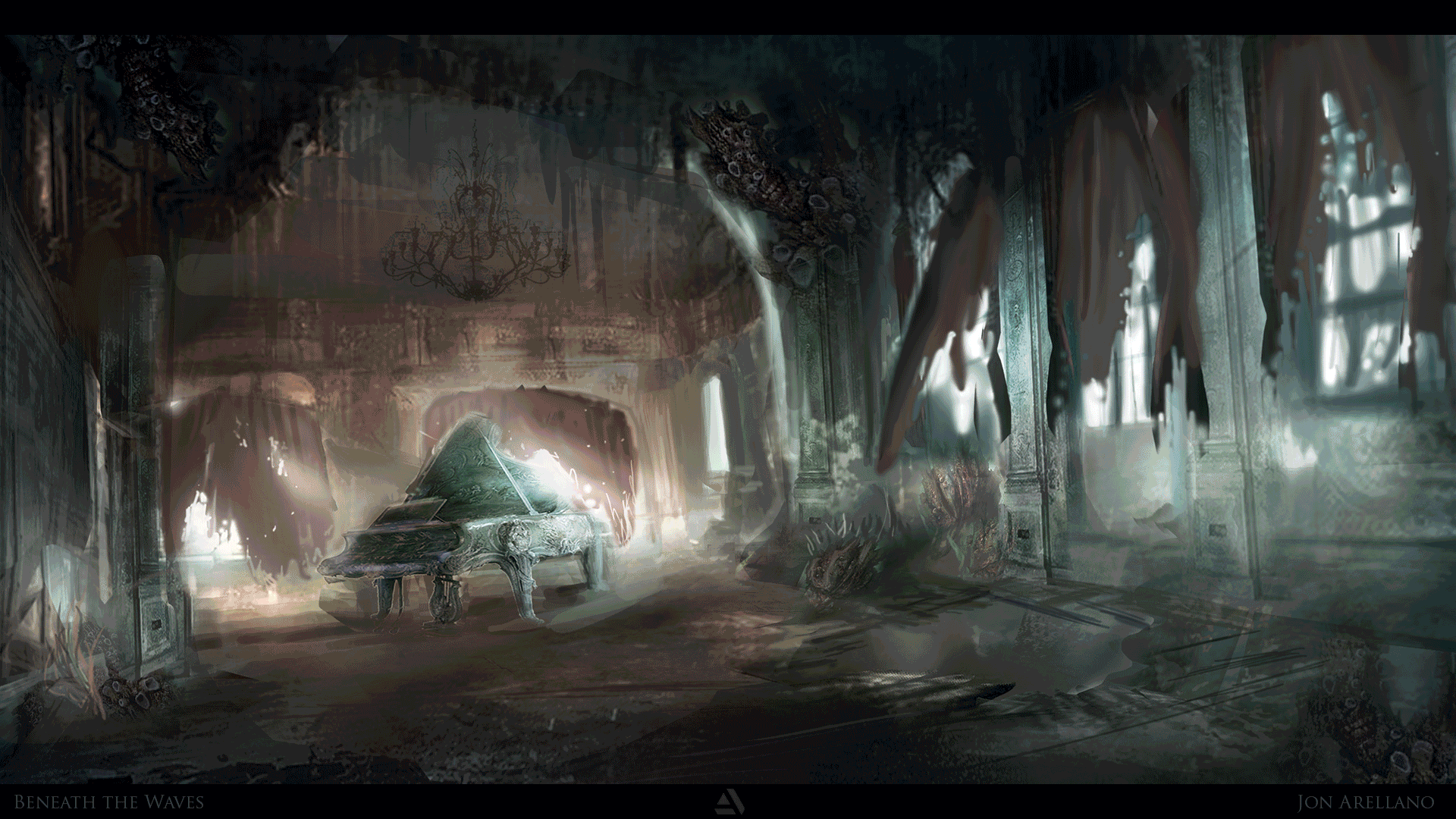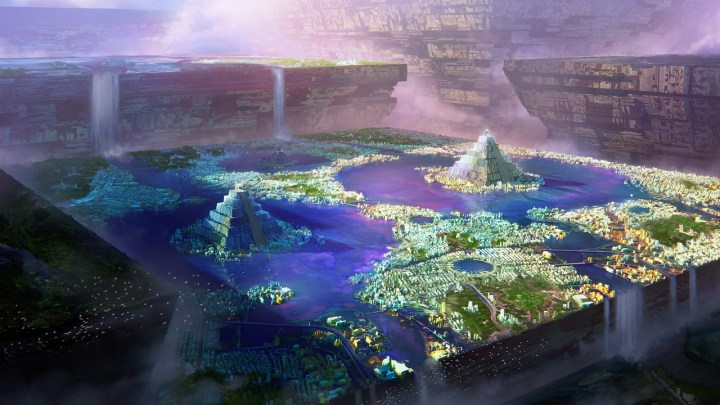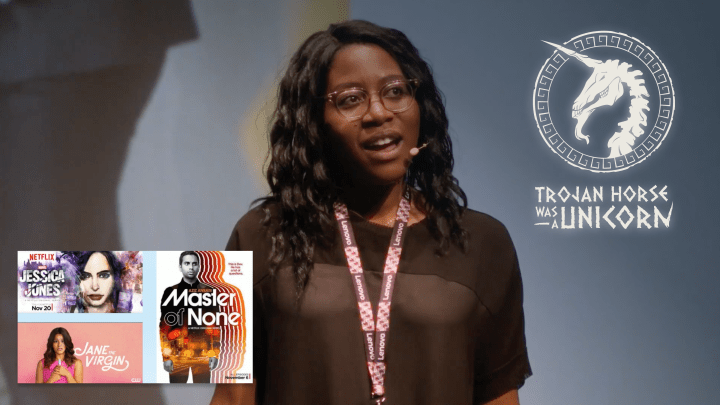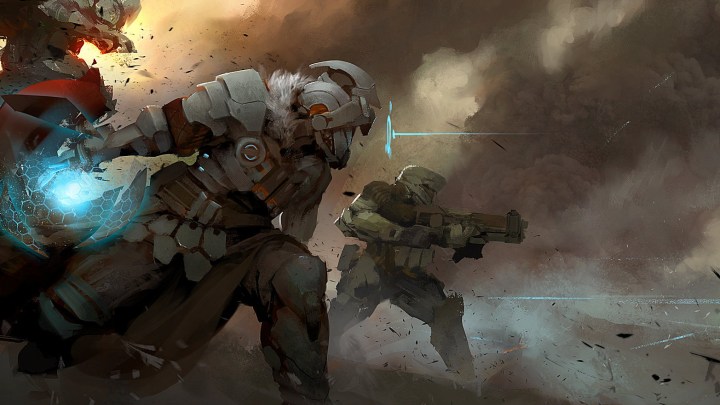Beneath the Waves Challenge: Game Environment Winners Interview
Underwater worlds came to life in the Beneath the Waves Game Environment category. For this portion of the challenge, participants had to create a game environment from the ocean depths rendered in a real-time engine.
See all Game Environment submissions.
The tricky part of this challenge was reproducing an atmosphere that felt as if it were submerged in the sea. We chatted with the winners Lucas Zilke, Benjamin Dolo and Jon Arellano to find out just how they did it and what they had to say for future challenges.
Did you choose to use a concept from Phase 1 or create your own and why?
Lucas: Although there were a lot of great entries I chose my own design – simply because last time I participated I found myself with a lot of people choosing the same design as me and I wanted to get a more unique end result this time. In the end, I chose more of an idea that I could iterate over and over on rather than a full fleshed out design so I had more creative freedom.
Benjamin: I choose a concept from the first part of the challenge. In fact, before the challenge I had started to work on a personal project. This project had a stylized rendering and for the challenge, I didn’t want to change the art direction. I scrolled through the conept entries and selected the ones that could be created with stylized rendering. For this challenge, I tried different things on the hand painted textures as I had never sculpted stylized model with Zbrush before, only realistic models. A little voice in my head told me “Benjamin, it’s more serious to choose a concept because you wouldn’t have the time to create everything!” I chose Grace Liu’s concept because the mood is incredible. I think it’s a very high quality concept; it’s very rich. This concept has a Blizzard mood and I decided that it was perfect for what I needed! I love the little details that tell me a story. Why is the boat under the sea? Which creatures live in this seashell? Why is there a cauldron surrounded by bottles?
Jon: I chose to use my own concept for this ArtStation Challenge. One of my favorite parts about these challenges is seeing everyones interpretation of the theme. I enjoy coming up with my own concepts for my personal work and I find it rewarding to see my environment evolve and come to life. It does take a little more work to plan everything out, but it’s worth it. It also gives me full creative control especially when I want to change things around.
Tell us a bit about your creation process.
Lucas: My strategy was to keep it simple and limit myself to one room – this allowed me to have the base of the piece finish fast and to have more time to really iterate on different designs/props/moods/etc. My goal was to keep pushing the limits of the room till the end.
Benjamin: I participated in Beyond Human Challenge and created my entire concept. I worked quickly because I was late. I think the deadline is the hardest constraint. For this challenge, I didn’t want to repeat the same mistake so I have separated my workflow. I modeled all meshes on the concept directly on 3dsmax’s viewport. In the second part, the biggest part; I sculpted and painted my different models. I made different retopoly models and baked the high polygons models on it. I won a lot of time because I chose to use Marmoset Toolbag software for the integration. This software is very simple, it doesn’t have many settings but I didn’t need a very technical software for my scene; no bake lighting, no complicated materials, no complicated GI settings and not a lot of post process; it’s perfect. The simplicity of the software forced me to create all effects with the diffuse paint and I find that very nice! In fact, my strategy for this challenge was to rush at very high speed for the modelisation, I made it in few days! I chose a software with restricted possibilities but simple so I didn’t lose time with the integration. And I loved to sculpt and paint all the time. All the models are unique and I didn’t spend a lot of time creating substance.
Jon: This was 2nd Artstation Challenge and my process was to plan everything out as clearly as I can – everything from project goals to knowing exactly what and how I would create all assets. Once I know what I’m going to be creating, I then make weekly milestones for myself to meet. I’ve found this is the best way to assure I use my time wisely and complete everything I want to get done with this environment. It also keeps me on track and not feel overwhelmed when I feel behind. Also a big thing for me is to leave room for feedback. After participating in multiple challenges, I’ve found that responding to feedback given from the community and others is crucial. I don’t always make the best judgments. Being so close to a project for so long can stop me from seeing the big picture. I’ve learned having others input not only helps me improve, but makes for a better end result.
Were there any other submissions you were following? If so, what were some that stood out to you?
Lucas: I did follow a lot of the other submissions and tried to give as much constructive feedback as possible. I also got a ton of useful feedback on my submission as well, which was worth a ton. Jon Arellano and Jody Sargent both did an amazing job on the Beneath the Waves feeling and a great job overall. Both designs really feel super unique. Anton Antonov Marinov also did an amazing job looking at the amount of work he put into his submission and initial concept – just wow, the whole village is insane!
Benjamin: There are many submissions I have been following! It’s quite easy. You can take the winners and the artists who won the honorable mention, that’s the list of the submissions. Oh, I forgot! I have also followed the challengers who had chosen the same concepts as me. I have found it very interesting to see the same concept realized through different eyes. I talked a lot with a challenger who had chosen the same concept and the discussion was very rewarding, thanks to him. They all did a very good and surprising job!
Jon: Absolutely! I was following a few other submissions in the level art challenge such as Lucas Zilke and Jody Sargent to name a few. Both of whom I believe had amazing submissions. Also a few really good friends of mine in the prop art portion of the challenge – Javier Perez and Rian Mosley – both did some quality work.
What kind of game did you imagine your environment would work best for?
Lucas: Some Point Click Adventure/Puzzle Game or even an Escape Game as a Scuba Diver could work well with the theme. I also got some feedback that this could be useable in the Medical Sector in VR because of the calming underwater scenery with fish and moving foliage.
Benjamin: I haven’t thought about it but this is a good question. I think this environment can be used in a third person fantasy adventure game. We can imagine clicking to move a little character on the rocks, if the character touches a barrier he falls under the seashell. Or we can imagine using this environment in a 3d point and click with many things hidden in the environment and many enigmas. I imagine this mood, art direction and this environment in a game like Machinarium. The scene can hide many more details, and we can imagine many other scenes continuing a history.
Jon: I would definitely see my environment belonging in more of a single player RPG game. I’ve always been a fan of those types of games and I could see my environment belonging to a much larger level. Perhaps the submerged remains of what was a larger ship.
What is your advice for future challengers?
Lucas: Don’t get blown away by amazing concepts. Pick something that is actually doable without running into time problems. I’ve seen too many fellow competitors running into the problem that they picked too large a scene. Try to pick something feasible in a small amount of time and then use the left time to really optimize and push it even further than the concept. This will also leave some more time to develop new skills and integrate them into the project. Communicate. Giving feedback is essential in this challenge. Don’t see the other people as competitors but more like peers that all have the same goal. Make a badass (environment) piece. Help other people with constructive feedback and you will surely get some valuable feedback that helps to push your submission.
Benjamin: Well, my advice for future challengers is to always explore more things. Be curious, or stubborn, continue to work on your objectives. The most important thing from an artistic point of view is to like what you create. You must have fun in your creation. I think this is something that appears when we see a concept artwork. I think it’s important to exchange with other cg artists as it creates very good momentum and good motivations. For ArtStation’s Challenge specifically, I think your principal enemy is the time. At the beginning, the challengers have a lot of time but halfway, I noticed many challengers start ed rushing on their work. Pursue your dreams!
Jon: I know it’s probably been said a million times from past challenge winners, but planning is key. Having a plan and following it through will make everything easier especially when you get into the thick of it. Also ask as many people as you can for feedback and really be open to changing things up.
